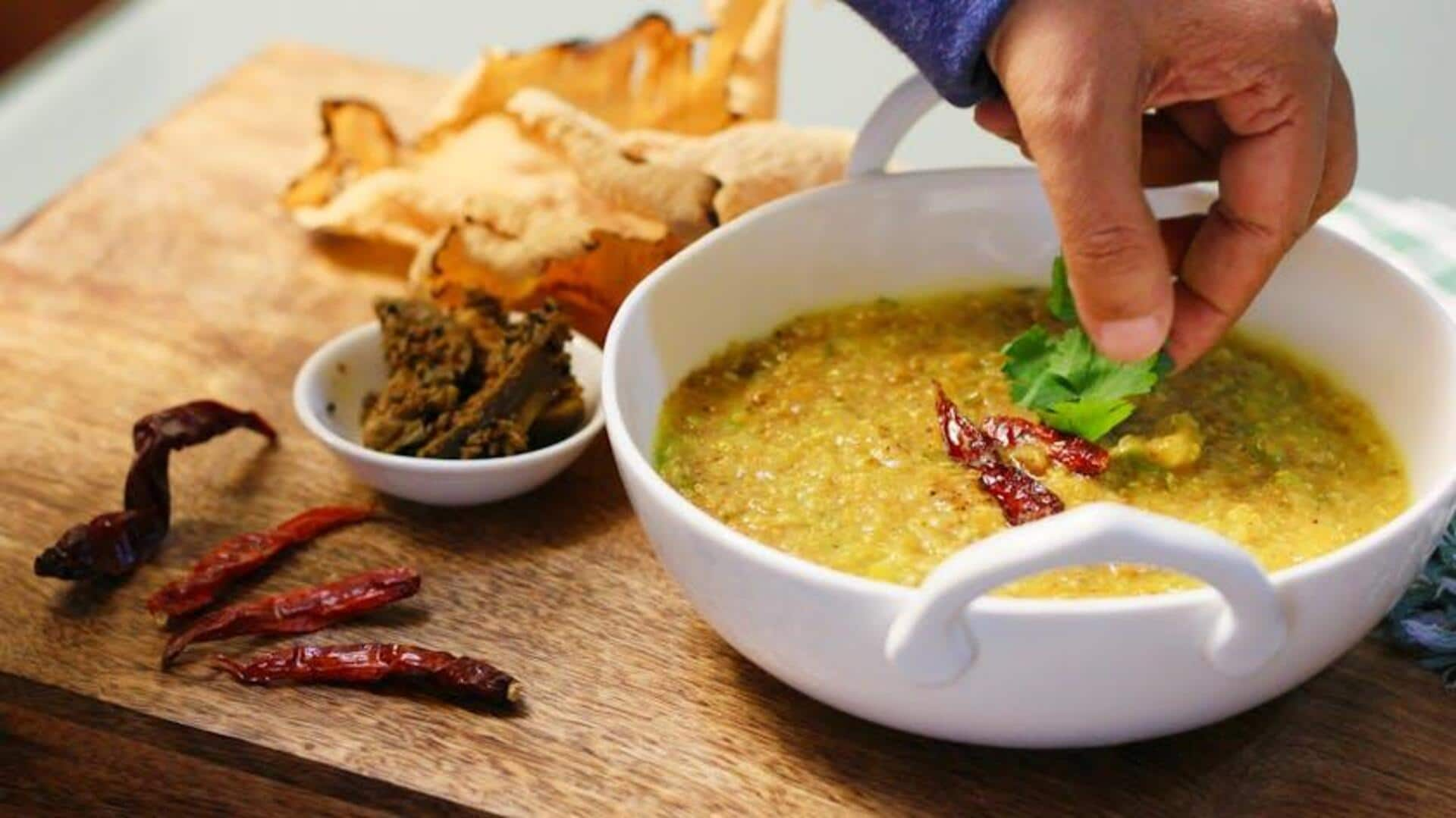
Khichdi's journey: From classic dish to iconic comfort
What's the story
A simple yet nourishing dish, khichdi has been a staple in Indian households for centuries. Traditionally prepared with rice and lentils, it's often regarded as the ultimate comfort food. Over the years khichdi has transformed from its classic self into an iconic dish that crosses cultural borders. Here's how it has changed with culinary trends and dietary preferences without losing its warmth and simplicity.
Regional twist
Evolution through regional variations
Khichdi's metamorphosis can largely be credited to the various regions of India. Each region gives its own unique touch by adding local ingredients and spices. For example, khichdi in Gujarat is often served with yogurt or kadhi, while in Bengal, it is prepared with vegetables like peas and potatoes. These variations not only make it tastier but also highlight the versatility of this simple dish.
Health focus
Health benefits driving popularity
The growing health consciousness has played a major role in khichdi's popularity. Since it's a balanced meal, rich in proteins and carbohydrates, it fits perfectly into our modern dietary requirements. Many nutritionists have also been recommending khichdi due to its easy digestibility and nutritional value. Plus, its simplicity makes it ideal for all ages, further establishing it as a go-to comfort food.
Innovative approach
Modern culinary innovations
In the past few years, chefs have taken khichdi as a blank canvas to paint culinary innovations. By playing with different grains- quinoa or millet, and adding the fanciest of spices or herbs, they have turned this humble dish gourmet. These innovations are modern-day palates' delight, while retaining khichdi's comforting meal character.
Global reach
Cultural significance beyond borders
Thanks to globalization and cultural exchange, khichdi's appeal has transcended Indian borders. It now appears on menus across the globe as an exotic yet familiar option for comfort food with an ethnic twist. This global reach demonstrates how traditional dishes can evolve over time without losing their essence.